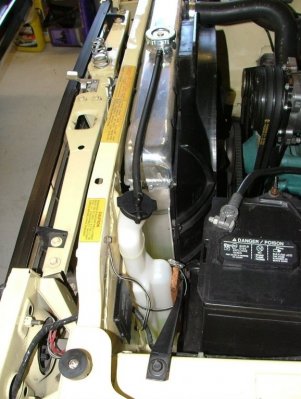67GTX440
Well-Known Member
Not sure I like that recommendation. That assumes all senders and gauges, factory and aftermarket are interchangeable and you can't damage one or the other by crossing them. My repop gauge in the dash has always read low. A temp probe in the radiator confirms the aftermarket gauge reading.
















